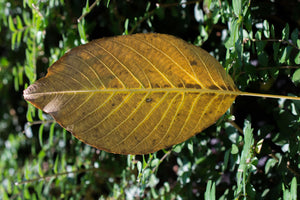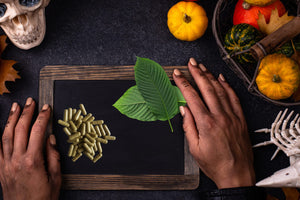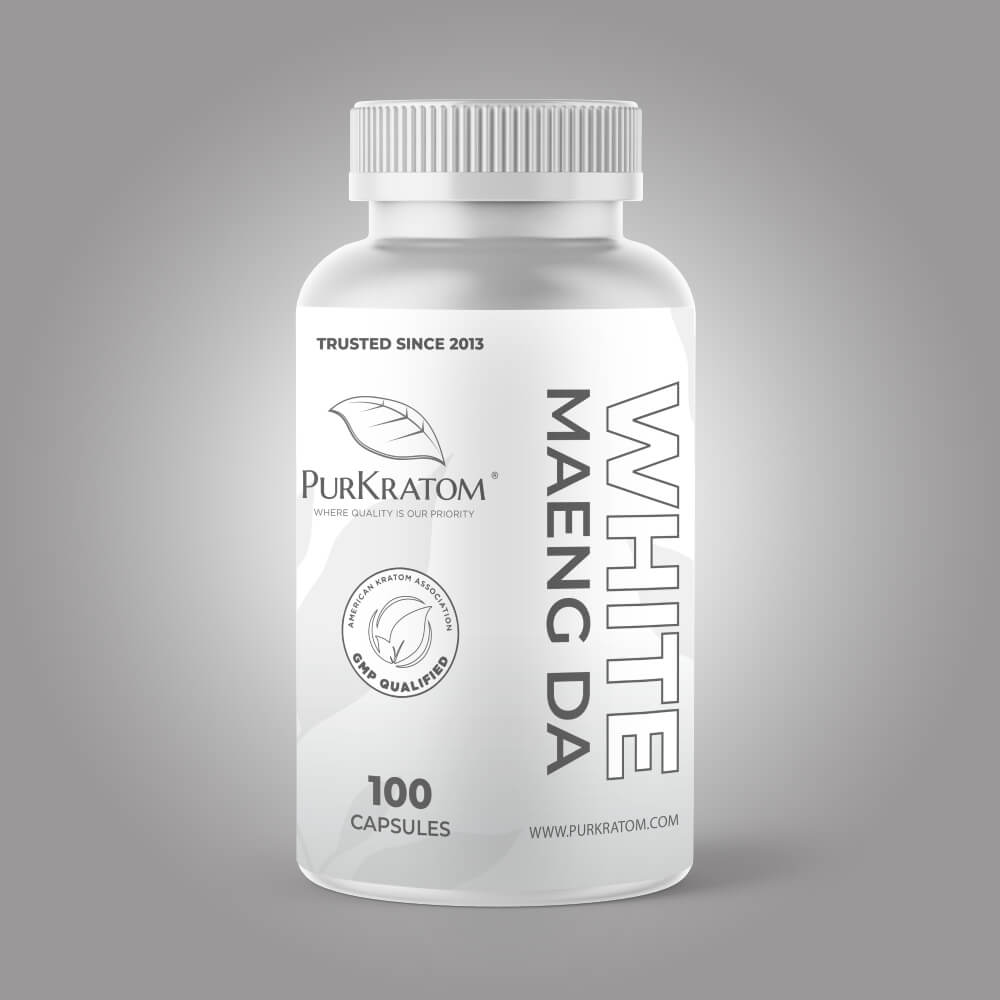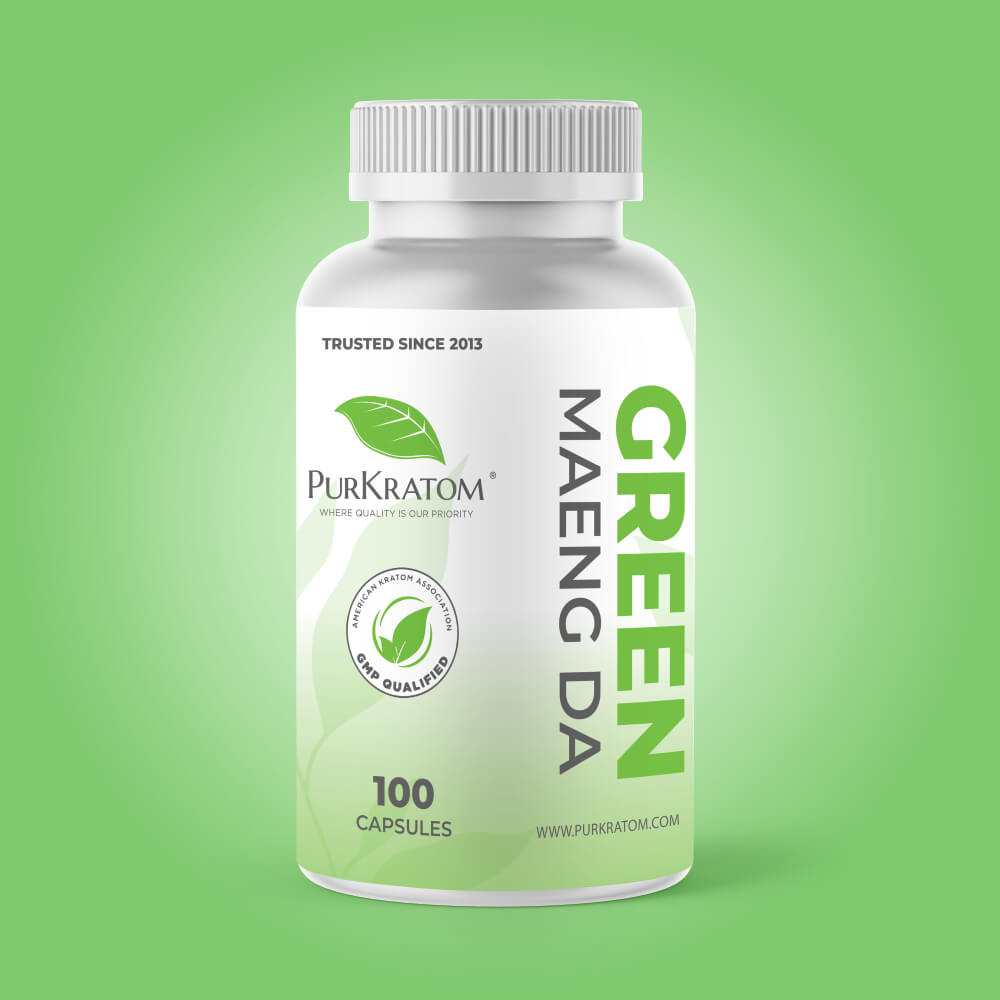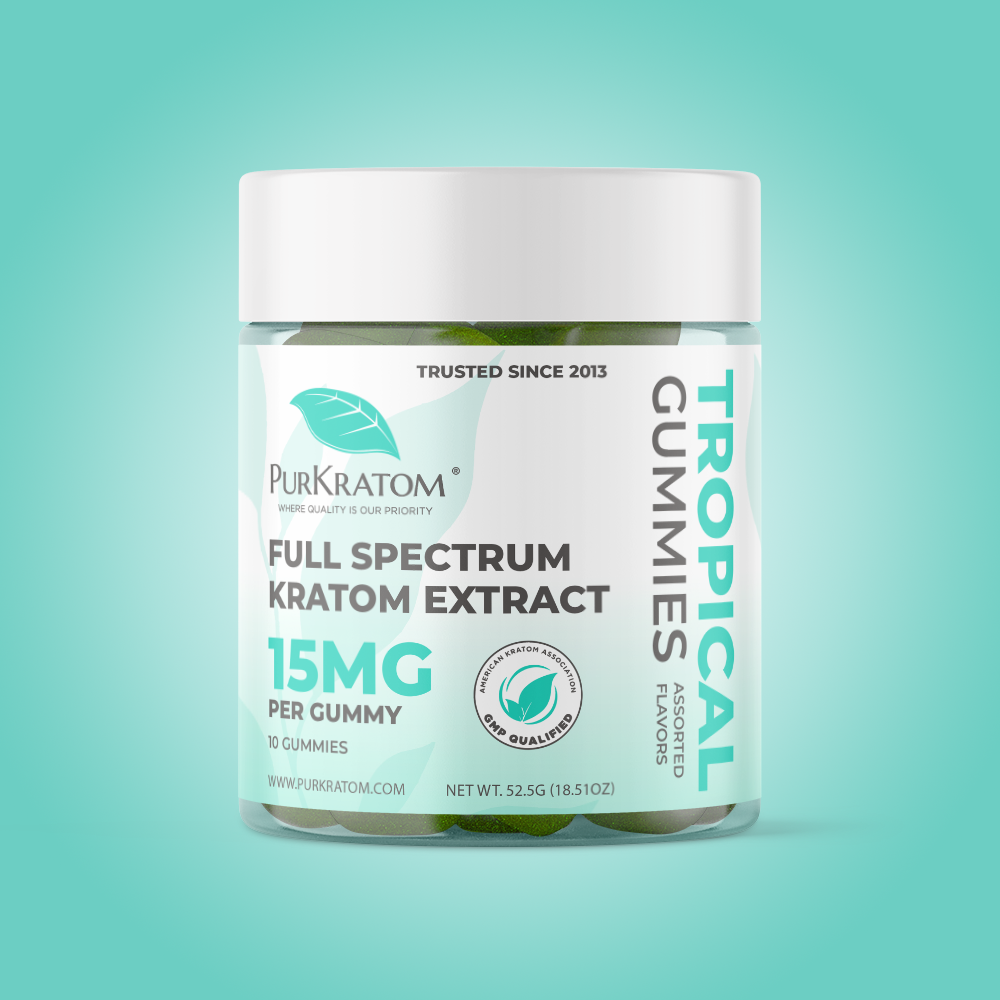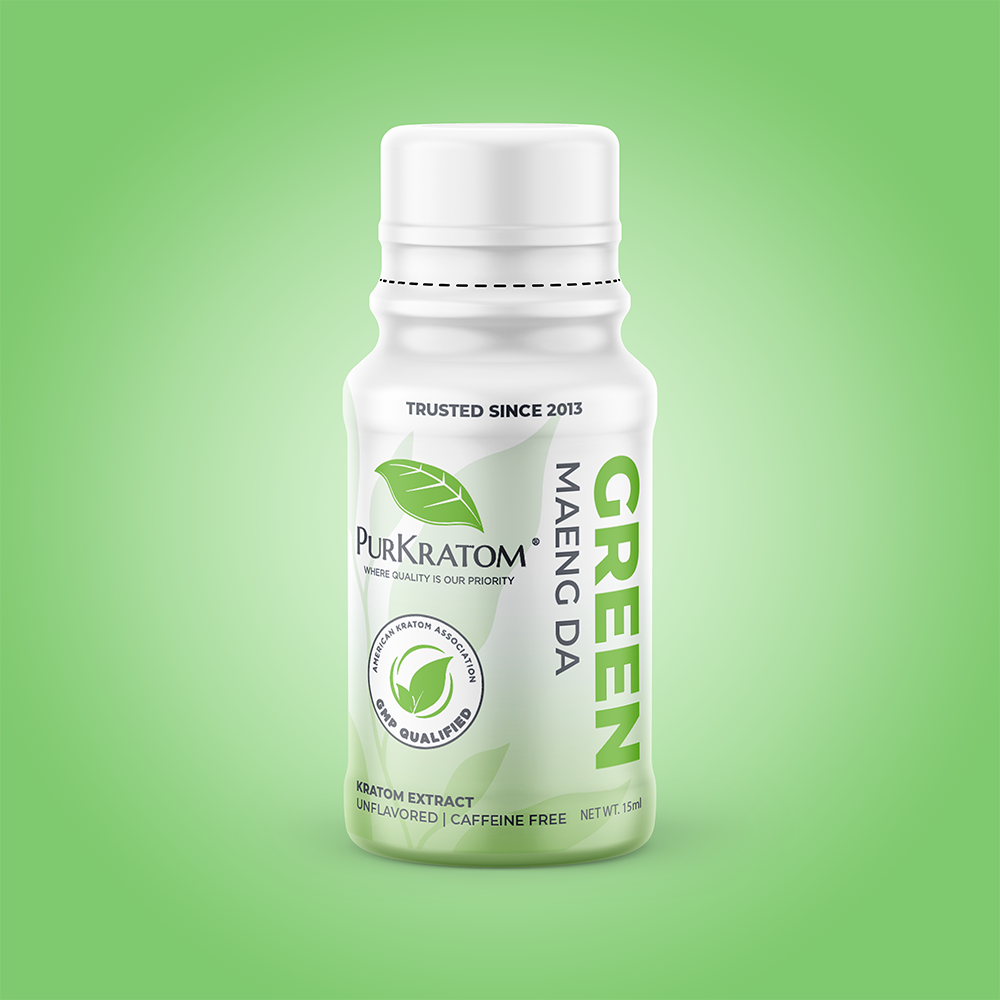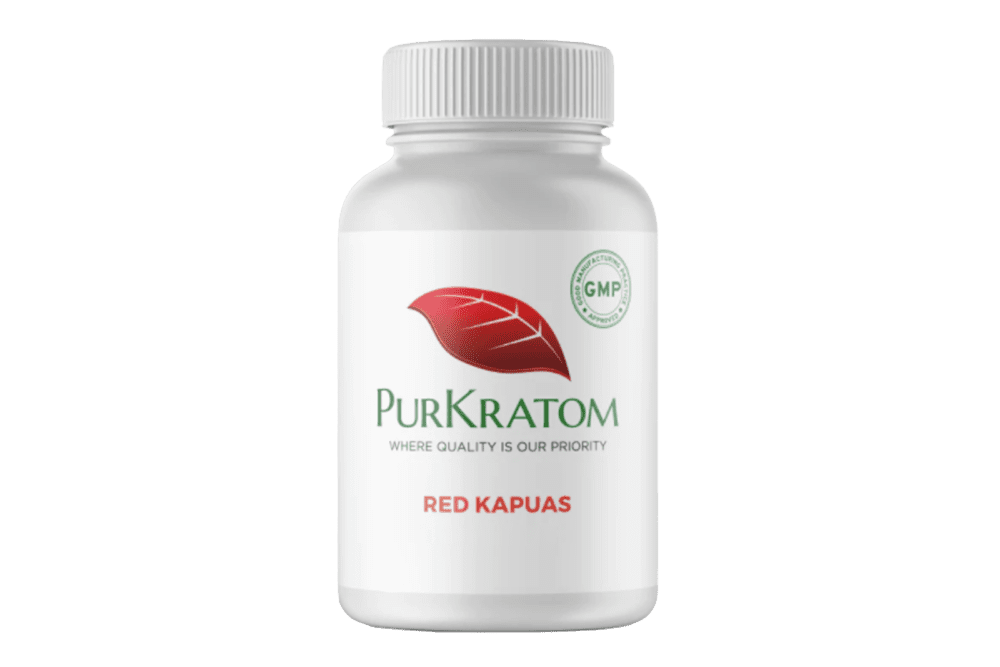Buying kratom products is not like buying any other supplements; you need to consider their state and quality. We understand it’s natural to want a swift, easy shopping experience with little to no effort. But trust us when we tell you, you’ll regret not doing your homework once you open the package and find out your product doesn't actually contain half the ingredients you thought it did. That said, knowing how to discern low-quality kratom from high-quality kratom can save you a lot of money and hassle down the line.
Why Kratom Quality Matters
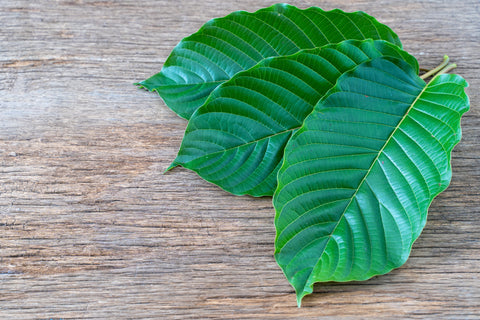
Entering the world of Kratom can be overwhelming when you have no previous knowledge of natural products. It can be confusing to know exactly what to look for, especially when you find the number of different strains of Kratom that are available.
Most of the time, newcomers spend so much time determining the right strain of kratom for their purposes or condition that the issue of quality doesn’t cross their minds until it's too late. Purchasing an untested product from a random brand can result in unexpected and undesirable consequences. Ultimately, low-quality Kratom produces ineffective and even dangerous results. If you’re not ingesting pure, potent Kratom, you're missing out on the full extent of what this plant has to offer.
The Dangers of Unregulated Supplements
Kratom is a relatively new product on this side of the world, and because of this, there is a lack of quality control and standardization from federal health agencies.
When health-focused products are standardized, they have uniformity, meaning they provide the exact same dosage every time. These regulations assure buyers by ensuring safety and efficiency. When a product is not standardized and has not gone through rigorous quality control, it becomes less safe and more of a health risk.
Unlike other supplements, kratom is sourced from Southeast Asia, where the climate is fitting for cultivating the naturally-occurring compounds.
However, nature isn’t always predictable, and pollutants can seep into the soil and water around kratom trees and compromise the crops. Manufacturers and distributors must take special care and precautions when importing botanicals from overseas.
The responsibility for quality control essentially lies with the distributors. In the past, distributors were not required to take steps to standardize kratom, nor did they need to.
Fortunately, things are starting to change. Kratom’s rising popularity has impressed the need for quality control and standardization, and larger agencies are beginning to act on it.
One of these organizations, the American Kratom Association (AKA), created the Good Manufacturing Practice program (GMP), hoping to bring regulation to the previously unregulated kratom market. This GMP adheres to FDA regulations and offers the blueprint for manufacturers to emulate.
This is an assertive step and does more than just guarantee kratom’s quality; it helps the kratom industry as a whole. When regulations are put in place to control practices and procedures, the standard of distribution improves; this helps create quality consistency, which positively reshapes how kratom is perceived and experienced.
History Matters
Any natural product is vulnerable to contamination, especially if that product is harvested and shipped from a foreign nation. All kinds of things can happen to the product during the growing stages, harvest, and transit. If any of these stages is compromised before the product even lands in the United States, the quality can be profoundly affected.
When the products arrive in the U.S., it’s the distributor and retailer's obligation to start quality control procedures before releasing them into circulation. Ideally, the retailer has a good working rapport with the original country and the people who delivered the kratom, but that isn’t always the case.
Because we are certain our kratom has the best start, we invest in these beginnings and cultivate these working partnerships. Our kratom is grown by trusted farmers from Indonesia, where conditions are ideal for cultivation.
Following traditional farming processes, the leaves are hand-picked, dried under the sun, pulverized, and then directly shipped to our facilities in the U.S. All our kratom leaves go through rigorous quality testing at third-party laboratories to ensure they meet all safety and purity standards.
Making a Smart Purchase
If you're new to kratom, there are certain signs you can look for when purchasing your first kratom product. First things first, you want to make sure you are buying from a reliable seller.
Before checking out with your chosen kratom product, do your due diligence and look for any available information on the product and the distributor’s (not the seller's) practices and processes. Do some fact-checking before checking out and look out for lab testing results.
If you find no specific information on the product, it’s likely a sign of substandard practices - a red flag. However, if you're convinced this is the product for you, you could still contact the distributor and request some information. If a kratom distributor cannot present adequate proof of quality-controlled practices, try your luck somewhere else. Taking a distributor’s word without proof may lead to you wasting money on unsafe and impure kratom powder.
Now, once you’ve gotten your kratom, check it for any apparent substandard quality issues, and smell the product to make sure there’s no fishy odor. You’ll want to open your bottle to a vibrant-colored product, one which smells fresh and has been finely-powdered with no rough texture.
The next clue to look out for is a lot or batch number. This number indicates that the product has gone through quality control. A reliable manufacturer who values safety and purity will show the product has been tested and screened for human consumption. If you can't find a lot or batch number, this is a clear indication of dubious quality control - red flag.
Takeaway
Getting your hands on some good-quality kratom isn’t an unachievable feat. As a beginner, it can be difficult to know how to pick and choose the best kratom for your unique purpose. Fortunately, even if you’re new to natural wellness, you can still check for basic signs to help you make a wise purchase. With the helpful guidelines above, you can make an intelligent, informed choice and reap the benefits you're after.
Due to its versatility and familiar consumption methods, choosing the right kratom products for your needs and integrating it into your daily routine can be quite easy.
There are plenty of kratom recipes one can try with kratom powders. You can make a chocolate kratom milkshake to mask the taste or mix kratom in teas for a calming late-night brew. To hide the bitter taste, simply add a sweetener like agave or honey.
Alternatively, if you are entirely new to kratom, capsules or gummies may be the best choice. Kratom capsules and gummies provide more precise dosing and do a better job at hiding its earthy taste.
 Login
Login




